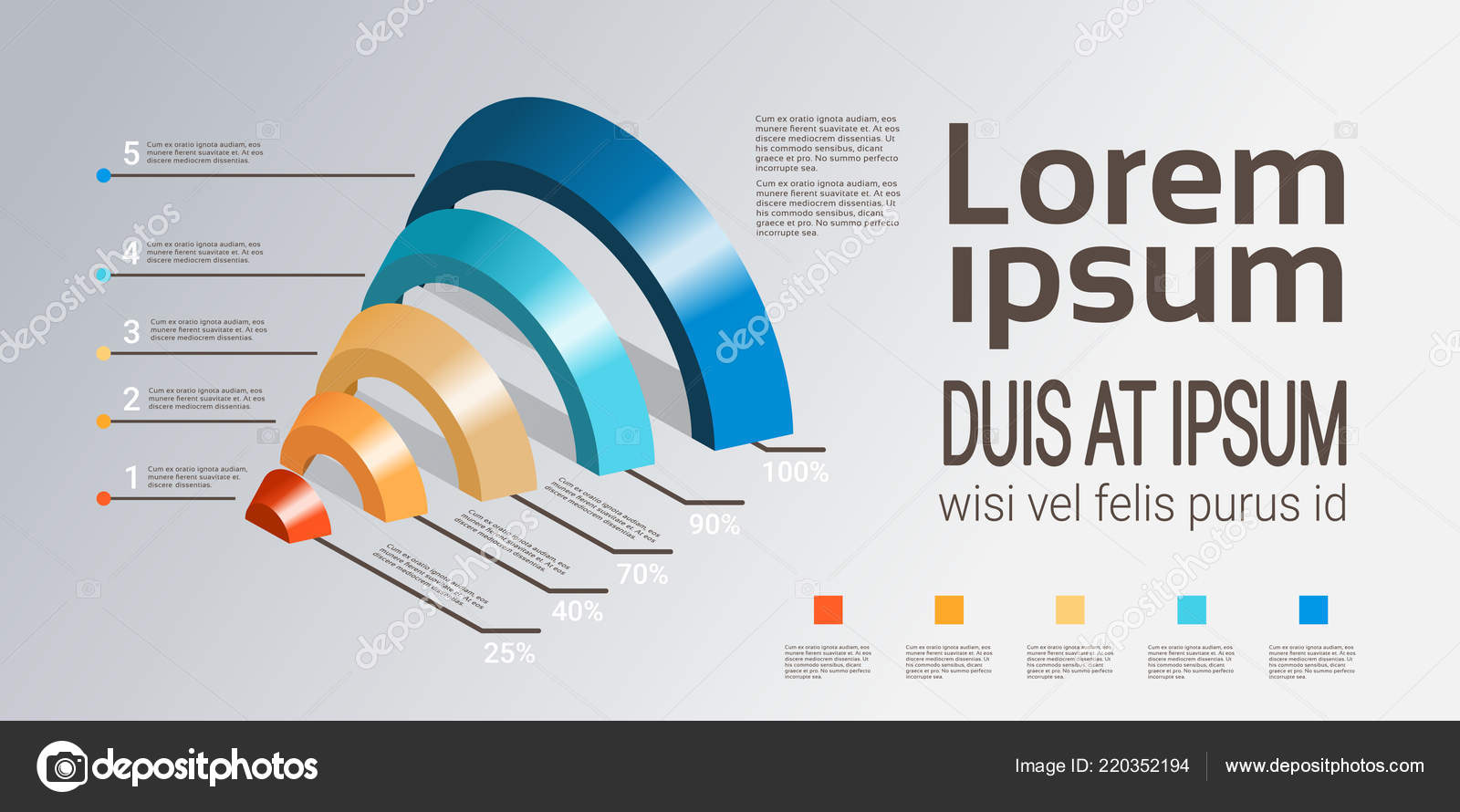Making Use Of The Stamina Of Visual Power Structure In Site Creation
Making Use Of The Stamina Of Visual Power Structure In Site Creation
Blog Article
Personnel Writer-Leon Rogers
Visualize a web site where every element contends for your focus, leaving you feeling overwhelmed and not sure of where to focus.
Now picture a site where each component is meticulously set up, assisting your eyes effortlessly with the web page, offering a smooth user experience.
The difference hinges on the power of visual hierarchy in site layout. By strategically organizing and prioritizing components on a web page, developers can create a clear and user-friendly course for individuals to adhere to, eventually boosting interaction and driving conversions.
However just how specifically can you harness this power? Join us as we discover the principles and methods behind effective visual pecking order, and discover how you can elevate your website layout to brand-new elevations.
Understanding Visual Pecking Order in Web Design
To properly communicate information and guide users through a website, it's crucial to understand the principle of aesthetic power structure in web design.
Aesthetic pecking order describes the arrangement and organization of components on a website to emphasize their significance and develop a clear and instinctive customer experience. By developing a clear visual hierarchy, you can guide users' focus to the most important info or activities on the page, enhancing usability and involvement.
This can be attained through various design techniques, consisting of the critical use of size, shade, comparison, and placement of components. As an example, larger and bolder components commonly bring in even more interest, while contrasting shades can produce visual contrast and draw emphasis.
Concepts for Reliable Visual Power Structure
Comprehending the concepts for reliable aesthetic hierarchy is necessary in developing an easy to use and engaging site design. By following these concepts, you can make certain that your website efficiently communicates information to customers and guides their focus to one of the most vital components.
One concept is to use size and scale to establish a clear visual pecking order. By making important aspects larger and much more popular, you can draw attention to them and overview customers with the material.
Another principle is to make use of contrast effectively. By utilizing contrasting shades, fonts, and shapes, you can create visual differentiation and highlight essential info.
In addition, the concept of closeness recommends that related elements need to be grouped together to aesthetically link them and make the internet site a lot more arranged and easy to navigate.
Implementing Visual Hierarchy in Web Site Layout
To apply aesthetic power structure in internet site layout, prioritize crucial components by changing their size, color, and placement on the page.
By making key elements larger and more prominent, they'll normally attract the individual's interest.
https://dominicknhcvp.smblogsites.com/30259930/5-must-have-equipment-for-effective-digital-advertising-and-marketing-campaigns contrasting colors to develop visual contrast and emphasize essential info. For instance, you can utilize a vibrant or dynamic shade for headlines or call-to-action switches.
Furthermore, think about the position of each aspect on the page. Location crucial elements on top or in the facility, as individuals tend to concentrate on these locations first.
Final thought
So, there you have it. Aesthetic hierarchy is like the conductor of a harmony, guiding your eyes via the site style with skill and style.
It's the secret sauce that makes a website pop and sizzle. Without managed wordpress hosting comparison , your layout is just a jumbled mess of random elements.
But with visual hierarchy, you can produce a masterpiece that grabs attention, connects effectively, and leaves an enduring impact.
So leave, my friend, and harness the power of visual power structure in your website design. Your audience will certainly thank you.
